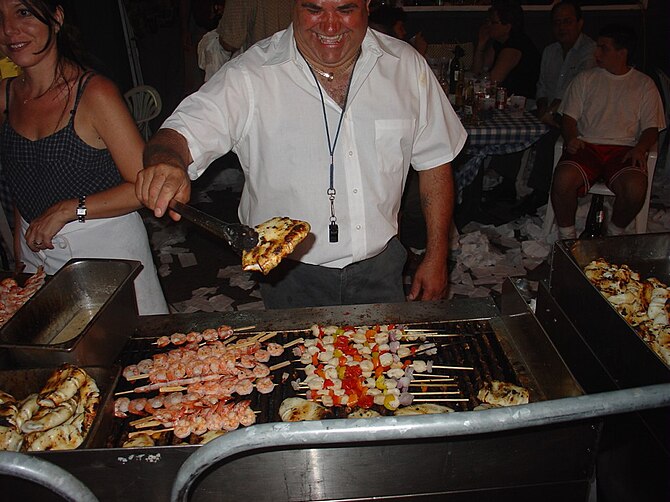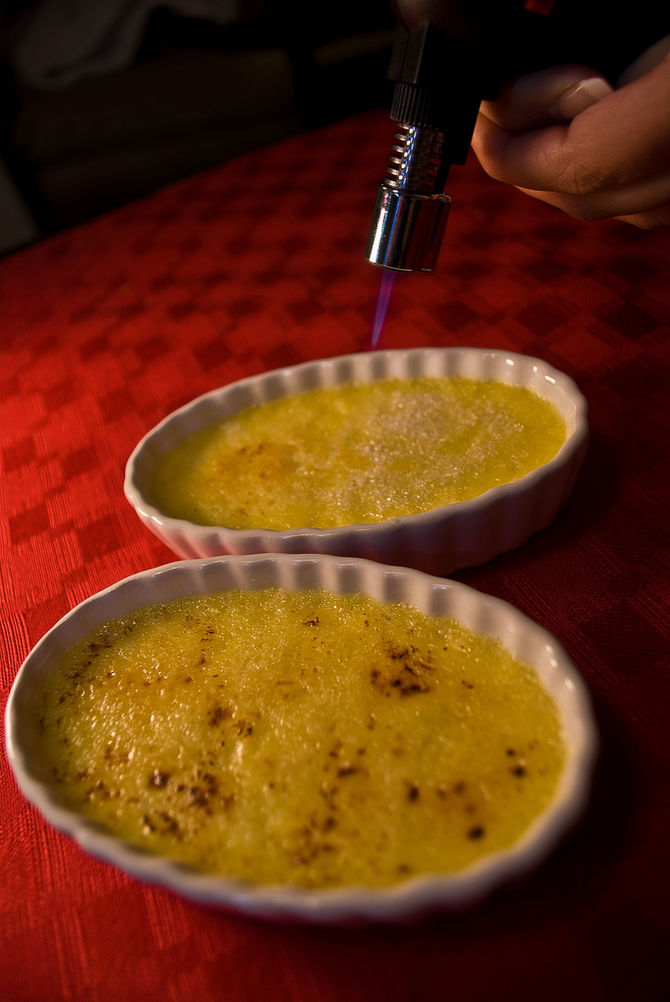
Richness. How do we experience that in regard to food? What does it mean to say a food is rich? The dictionary says the word relates to a multitude of qualities besides possessions (wealth). Something rich is said to “have high value or quality, or to be well-supplied or endowed.” How about a food rich in history? Potatoes, for example. The seven-year-long Great Famine in Ireland in 1845. Or tomatoes – carried from South America in the late 16th century to all parts of the world and once thought to be highly poisonous.
But, no, that’s not what we mean when we say a food is rich. Perhaps the grapes are rich – have high quality and thus can produce the best wines. Yeah, but that’s more about the qualities of the grapes and not so much about taste, which is what we’re mainly talking about in a cookbook (which I happen to be working on and which inspired this post).
The dictionary goes on. “Magnificently impressive, synonym: sumptuous.” Oh, yeah, I can see that applied to a lot of dishes – Beef Wellington (filet of beef wrapped in pastry), anyone? Or “vivid and deep in color.” Yes, a rich red tomato. A deep, rich browned crust on your ribeye. Okay, we’re getting there.
Merriam Webster continues, “having a strong fragrance.” Yes! Think about fresh-baked bread. About the aroma of pot roast on a cold winter’s night. Rich, for sure. Here’s one: “having abundant plant nutrients.” Okay, although we do use the phrase rich in nutrition – and perhaps strict vegans might use it in that sense – vitamins are not usually what we’re thinking of when we speak of the richness of a meal. Here’s one: “highly seasoned, fatty, oily, or sweet.” Indeed, this meaning is often used pejoratively – “That’s too rich for my blood,” someone will say of a dish loaded with butter or sugar or one sitting in a pool of rich wine reduction.

And the last few from the dictionary: “high in some component” – again, this leads us to think of non-taste-related phenomena such as, for example, cholesterol, though we could use it to refer simply to taste itself. I like the mystery and subtlety of this definition: “meaningful, significant.” Yes. I can feel this one when I speak of a meal that is rich – including taste and sensation but layered perhaps with some emotion like love, happiness, contentedness. Another one, “lush” seems suitable for rich, silky, creamy foods like ice cream or crème brûlée.
